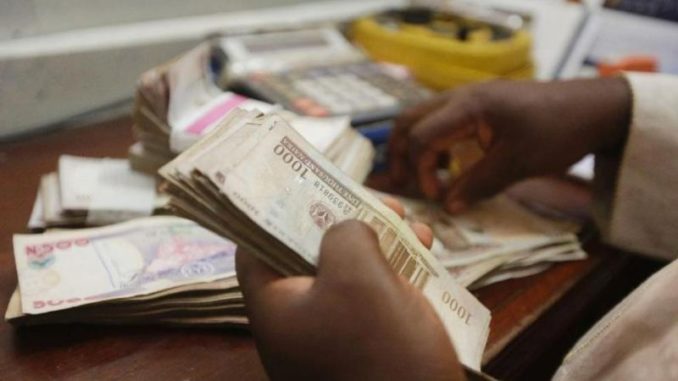
The federal government has since 2016 disbursed N10 billion to no fewer than 300,000 beneficiaries through its Conditional Cash Transfer (CCT) programme.
Temitope Sinkaye, the National Programme Coordinator of the CCT, disclosed this to the News Agency of Nigeria (NAN) on the sidelines of the National Cash Transfer Programme Mid-year Review in Ilorin on Tuesday.
She said that the programme started in 2016 with eight pilot states that met the condition set by the federal government.
The condition, Ms Sinkaye explained, was just for states to provide offices, personnel and equipment for the take off of the programme.
“All states are eligible to participate in the programme but upon fulfilling some conditions.
“So currently, we have only 20 states that have fulfilled the conditions.
“As at 2016 when we started the programme, only eight states met the condition and as at today, we have 20 states and we are still counting.
“The condition is that states will provide the programme with office, staff and equipment while the federal government takes it up from there.
“Once the state is done with that, the federal government takes up from there and train the personnel on what the programme is all about,’’ she said.
On the modality for selection of beneficiaries, the national coordinator said that they were selected through a process known as “community based targeting.’’
“There is a different government agency that is charged with the responsibility of identifying the beneficiaries and the agency is known as the National Social Safety Net Coordinating Office at the national office,” Ms Sinkaye said.
She noted that the community based targeting team of the office at the local government level move from one community to another in order to identify the poorest set of Nigerians through the help of members of those communities.
Ms Sinkaye, who said that every political ward in all states would have the same number of beneficiaries, however, said that those that were yet to key in could not lay claim to the benefit of previous years.
“The beneficiaries will be on it for three years; then we will assess their condition as to whether they are qualified to graduate out of poverty,” she said.
END

Be the first to comment